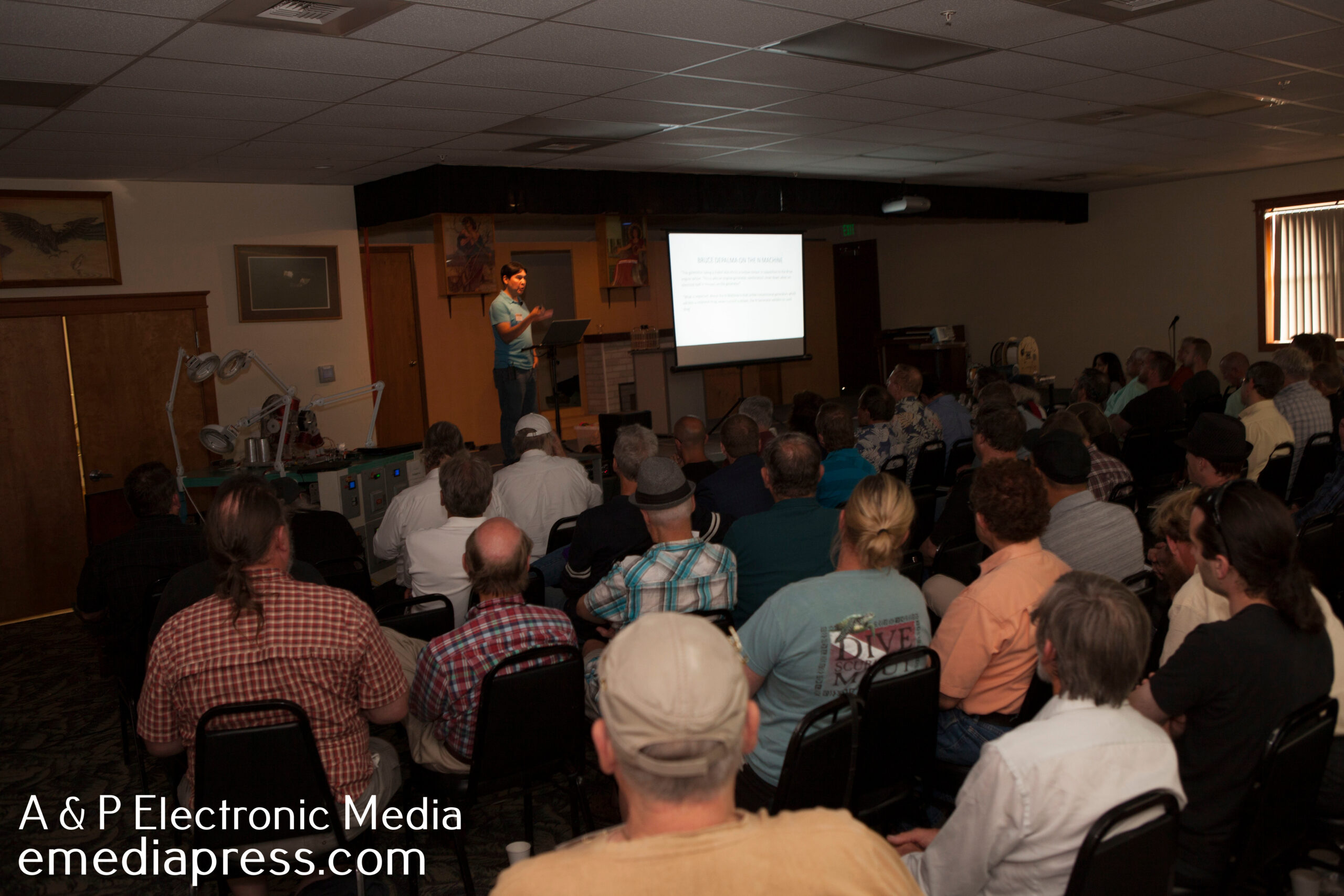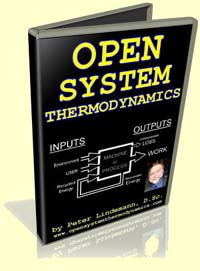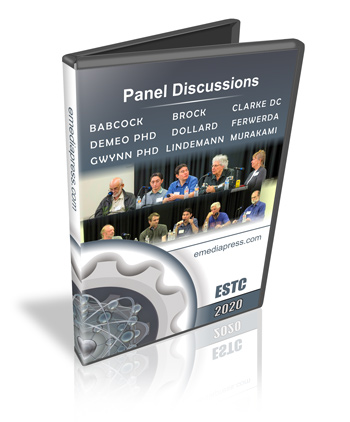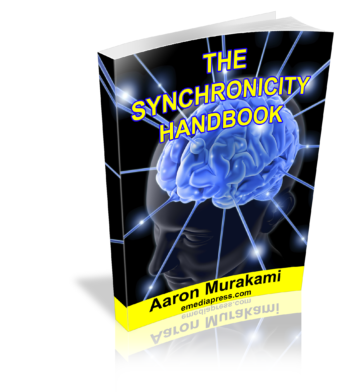
One of the most popular questions from those who are exploring the reality of “Free Energy” is, “Where do I start”?
The first step is to fully understand that there are no violations of physics with free energy systems. It’s not about more out than in, it’s more out than what we put in. Obviously, that implies there is extra input that we aren’t providing so there is no funny business and no over 100% efficiency claims.
How can a system output more than we put in but be under 100% efficient? If that doesn’t make sense to you, there is a good reason why – the proper distinctions are never taught in school although it is so simple that an elementary school child can understand the principles.
Here are some recommended starting points and why…
- Hacking the Aether is a presentation I gave several years ago, which is based on my old book The Quantum Key. It is a fluid aetheric model, which is essentially a unified field model that shows why relativistic effect happen and why, what gravity is, what the real difference is between energy and potential, the basics of open vs closed systems and more. You do not need a technical background to learn the reality about free energy and you will learn the necessary distinctions that you will not learn in school. https://emediapress.com/shop/hacking-the-aether/
- Open System Thermodynamics is a section in Hacking the Aether and is probably the most important because it shows Nobel Prize material that says that any system that is open with the environment CAN output more than the operator inputs. Peter Lindemann presented on this at one of our earlier conferences and remains one of the most important presentations we’ve produced. If you want even more irrefutable evidence that Free Energy is legitimate, after watching Hacking the Aether, this is a must see. https://emediapress.com/shop/open-system-thermodynamics/
- The Dynamic Ether of Cosmic Space is a must-have book written by Dr. James DeMeo. The ether exists as a matter of fact and Michelson-Morley never disproved anything. As a matter of fact, Michelson defended the ether long after – this truth is in my presentation above but if you want to see the most important collection of studies that have been done all the way to the modern day showing the ether – this book has it. There has never been a compilation quite like this and nobody should receive a degree in physics unless they study and understand this material – it is that important. So with the above two presentations and this book (there is a presentation on this by Dr. DeMeo that came out right before the book), you will understand not only the principles of free energy systems, but you will understand about the source potential itself, which is the ether. https://emediapress.com/2019/10/23/the-dynamic-ether-of-cosmic-space-by-james-demeo-ph-d/
- A Common Language for Electrical Engineering – Lone Pine Writings by Eric Dollard is a book, which is available as a paperback on Amazon. It lays out and defines all the basic electrical engineering dimensions. So, now we’re getting to the practical application of real energy science, which actually has its roots in the electrical sciences, which has not been taught for a very long time. Whether you are a newbie or electrical engineering expert, this book is a must have resource: https://www.amazon.com/gp/product/1518815936?ie=UTF8&tag=maimounas-20&linkCode=as2&camp=1789&creative=9325&creativeASIN=1518815936
- The ARRL Ham Radio License Manual – if I could have started all over 21 years ago when I first met John Bedini, I would have gotten my basic ham radio Technician’s license. The study guide is a basic electrical engineering course that teaches you all the basic components, formulas as well as the basic laws as it applies to radio transmission. This would have greatly cut my learning curve, especially as it applies to high frequency devices like Tesla Coil experiments and related. It’s so simple that even 6 year old children have gotten their basic ham radio license. For the practical application of electrical engineering principles, there is no better start than Eric’s book above and the ARRL manual – go get your ham radio license. It’s inexpensive and simple. https://www.amazon.com/gp/product/1625950829?ie=UTF8&tag=maimounas-20&linkCode=as2&camp=1789&creative=9325&creativeASIN=1625950829
If you’re walking into all of this brand new and you actually TAKE ACTION and watch the above presentations and get the books and study them, you will be light years ahead of where any of us were 20, 30 or even 40 years ago. For some very famous people in this field, it has taken a lifetime of research to simply come to these conclusions that are presented in the above material. You can have this in your hands almost instantly and with the books, it may take 1-2 weeks to go through this material repeatedly, it’s impossible to stress the value of this and how fortunate you are that you even have access to all of this.
Then join Energetic Forum here: http://www.energeticforum.com/register – it is one of the leading discussion forums online for all the above topics. It is free to join and fast – once you join, regardless of what emails you receive, send an email to help at emediapress dot com with your username and email you used during registration requesting activation and your account will be activated right away. You can learn from some experts in there, share your experiments, and get answers to a lot of your questions.
Energy Science Forum is also a great resource with less members and there is no approval process, just join, read, post, etc. there is a lot of info shared there that is not in Energetic Forum. http://energyscienceforum.com/register




